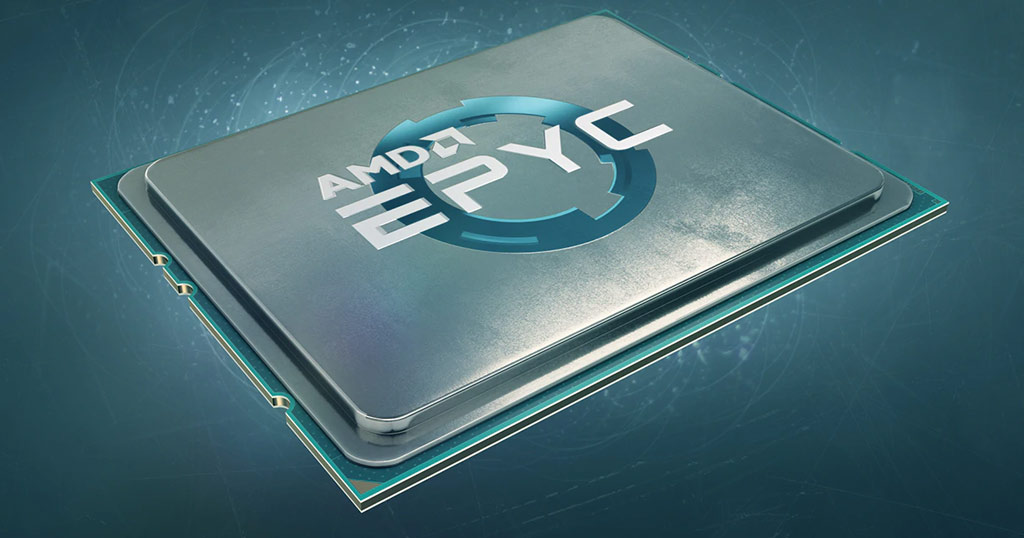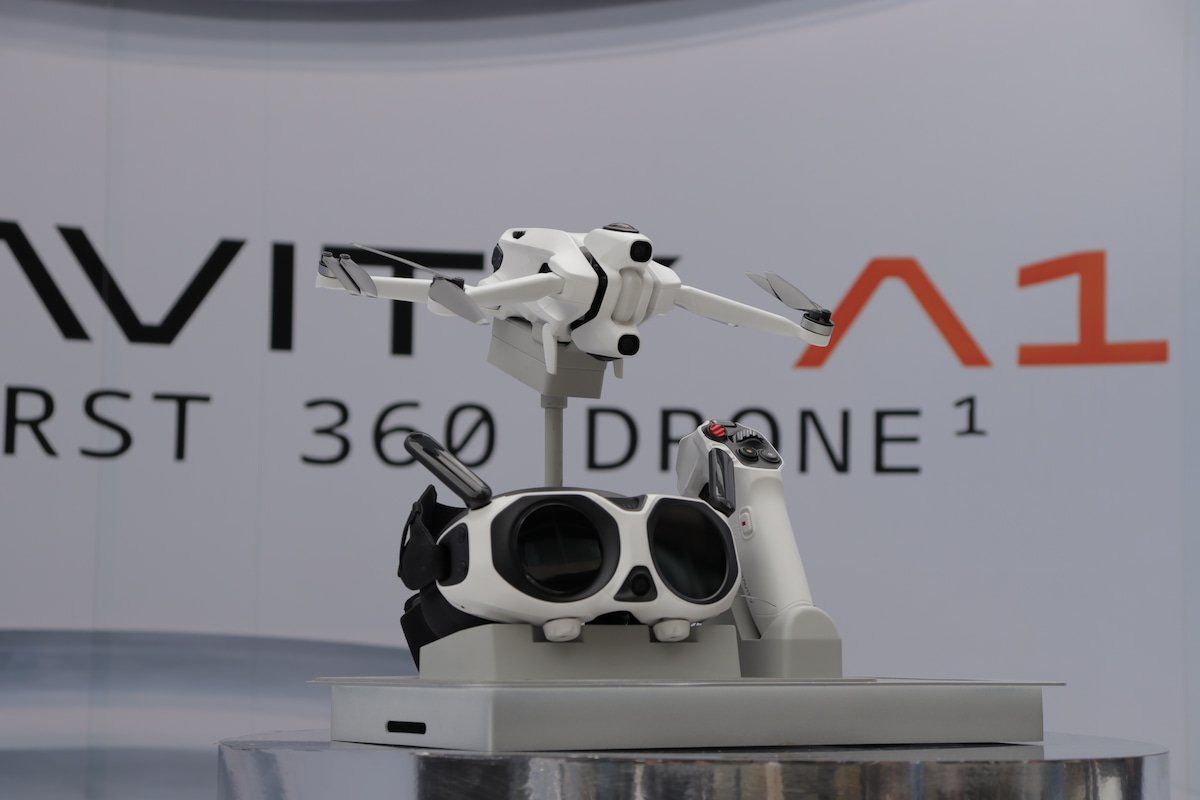AMD announced multiple new high-performance computing wins for AMD EPYC processors, including that of the seventh fastest supercomputer in the world and four of the 50 highest-performance systems on the bi-annual TOP500 list are now powered by AMD.
Momentum for AMD EPYC processors in advanced science and health research continues to grow with new installations at Indiana University, Purdue University and CERN as well as high-performance computing (HPC) cloud instances from Amazon Web Services, Google, and Oracle Cloud.

Four AMD EPYC powered supercomputers are now among the 50 highest-performance systems in the world and there are now ten AMD EPYC-powered supercomputers on the TOP500:
- Selene (No.7) an AMD EPYC 7742-based system in a DGX A100 SuperPOD platform from Nvidia,
- Belenos (No.30), one of the two BullSequana XH2000 supercomputers at Météo-France, the French national meteorological service powered by 2nd Gen AMD EPYC processors,
- Joliot-Curie (No.34), moved up the list based on a new submission for the BullSequana XH2000 system using 2nd Gen AMD EPYC processors at GENCI, the French national high-performance computing organization,
- Mahti (No. 48), a 2nd Gen AMD EPYC processor-powered BullSequana XH2000 supercomputer at Finland’s Center for Science Information Technology,
“Atos is proud to provide to its customers with cutting edge technology, integrating 2nd Gen AMD EPYC processors as soon as released, and demonstrating increased performance on HPC applications in production environments,” said Agnès Boudot, group senior vice president, Head of HPC and Quantum at Atos.
“The leading HPC institutions are increasingly leveraging the power of 2nd Gen AMD EPYC processors to enable cutting-edge research that addresses the world’s greatest challenges,” said Forrest Norrod, senior vice president and general manager, data center and embedded systems group, AMD. “Our AMD EPYC CPUs, Radeon Instinct accelerators and open software programming environment are helping to advance the industry towards exascale-class computing, and we are proud to strengthen the global HPC ecosystem through our support of the top supercomputing clusters and cloud computing environments.”
From powering the upcoming world’s fastest exascale supercomputers, Frontier and El Capitan, to supporting workloads in the cloud, and driving new advancements in health research, the high core count and extensive memory bandwidth of AMD EPYC processors are helping meet the growing demand from HPC providers for improved performance, scalability, efficiency, and total cost of ownership.
In addition, two universities announced new research supercomputing systems powered by AMD EPYC processors in Dell EMC PowerEdge servers.
Indiana University will deploy Jetstream 2, an eight-petaflop distributed cloud computing system powered by upcoming 3rd Gen AMD EPYC processors. This system will be used by researchers in a variety of fields such as AI, social sciences, and COVID-19 research. AMD EPYC processors already power Big Red 200 at the Indiana University campus.
“Jetstream 2 bundles computation, software and access to storage for individuals and teams of researchers across an array of areas of research,” said David Hancock, Director in Research Technologies, affiliated with the Pervasive Technology Institute at Indiana University. “With the next generation AMD EPYC processor, Jetstream 2 will provide 8 petaflops of cloud computing power, giving more access to high-end technologies to enable deep learning and artificial intelligence techniques.”
Purdue University will deploy Anvil, a supercomputer powered by next generation AMD EPYC processors, which will provide advanced computing capabilities to support a wide range of computational and data-intensive research. AMD EPYC will also power Purdue’s latest community cluster “Bell”, scheduled for deployment early this fall.
To add, CERN, the largest particle physics laboratory in the world, recently selected 2nd Gen AMD EPYC processors in Gigabyte servers to harness the massive amounts of data from their latest Large Hadron Collider (LHC) experiment to rapidly detect subatomic particles known as beauty quarks. A new case study details how combining the increased bandwidth of PCIe 4.0, DDR4 memory speed, and the 64 core AMD EPYC 7742 processor allows researchers to collect the raw data streams generated by 40 terabytes of collision data occurring every second in the LHC.
























Leave a Reply